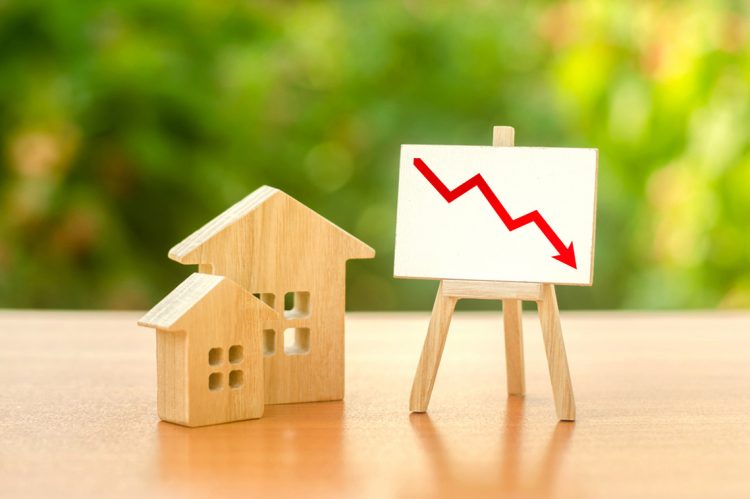The total number of loans now in forbearance decreased by 2 basis points from 0.74% to 0.72% as of August 2022, as stated in a new report from the Mortgage Bankers Association (MBA).
According to MBA’s monthly Loan Monitoring Survey, 360,000 homeowners are in forbearance plans. The share of Fannie Mae and Freddie Mac loans in forbearance decreased 2 basis points to 0.32%. Ginnie Mae loans in forbearance increased to 1.32%, and the forbearance share for portfolio loans and private-label securities (PLS) declined 8 basis points to 1.26%.
Key highlights:
- By stage, 32.1% of total loans in forbearance are in the initial forbearance plan stage, 54.4% are in a forbearance extension, and 13.5% are forbearance re-entries, including re-entries with extensions.
- For forbearance exits from June 2020 to August 2022, 29.6% were in a loan deferral/partial claim, 18.4% continued to make their monthly payments, 17.3% did not make all of their monthly payments and exited without a loss mitigation plan in place, 15.9% were in a loan modification or trial loan modification, 11.0% were in reinstatements, 6.6% had loans paid off through either a refinance or by selling the home, and the remaining 1.2% had repayment plans, short sales, deed-in-lieus or other reasons.
- Total loans serviced that were current as a percent of servicing portfolio volume increased from 95.59% in July 2022 to 95.85% in August 2022.
- The five states with the highest share of loans that were current were Idaho, Colorado, Washington, Utah, and Oregon.
- The five states with the lowest share of loans that were current were Mississippi, Louisiana, New York, West Virginia, and Oklahoma.
- Total completed loan workouts (repayment plans, loan deferrals/partial claims, loan modifications) from 2020 on declined for the fifth consecutive month from 78.82% in July to 78.31% in August.
Major takeaway:
“The overall number of loans in forbearance continues to trickle down, but there was an increase in Ginnie Mae forbearances in August,” said Marina Walsh, CMB, MBA’s Vice President of Industry Analysis. “From January 2021 through May 2022, the Ginnie Mae forbearance rate was declining—albeit at a slower pace in 2022 compared to 2021. In June and July this year, the rate stayed flat. Last month, Ginnie Mae new forbearance requests and re-entries outpaced forbearance exits and there was a decline in post-forbearance workout performance among government loans. Despite this activity, the overall performance of the Ginnie Mae portfolio still improved to 94.57 percent current.”
Added Walsh, “There may be pressures on portfolio performance and post-forbearance workout performance in the months ahead – particularly for government loans – if the record-low unemployment rate rises and the personal savings rate decreases amidst high inflation.”
For the full report, visit www.mba.org/loanmonitoring.












